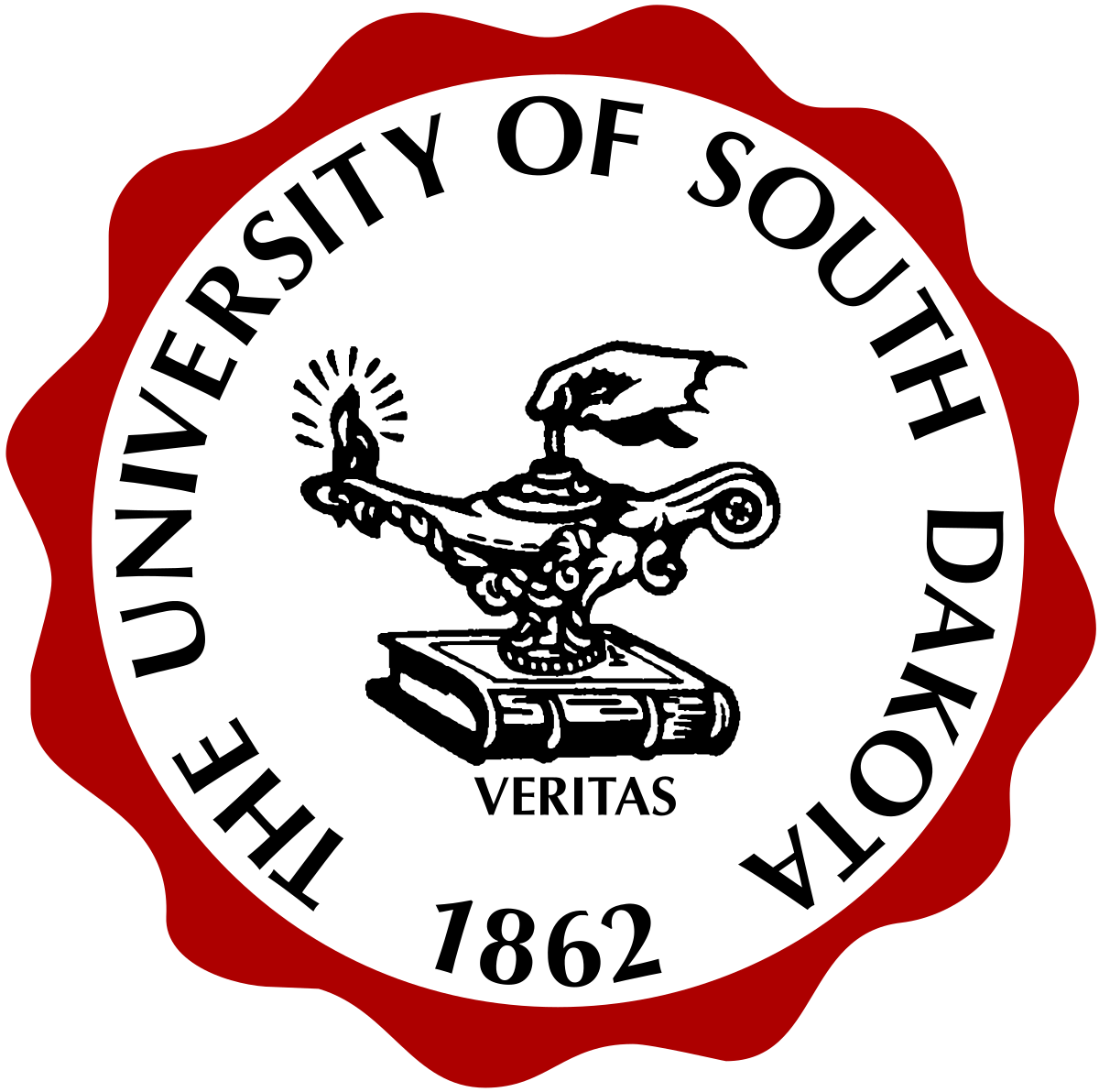Induction simulation of semiconductor crystal growth by the University of South Dakota
 CENOS simulation software is now being used in the University of South Dakota, research of germanium crystal growth in the induction crucible. Research is led by prof. Dongming Mei, assisted by his student Sanjay Bhattarai, who is using CENOS under free Academic Licence.
CENOS simulation software is now being used in the University of South Dakota, research of germanium crystal growth in the induction crucible. Research is led by prof. Dongming Mei, assisted by his student Sanjay Bhattarai, who is using CENOS under free Academic Licence.
CENOS recently launched Academic Licensing for students, researchers and university staff for non-commercial use. We hope to see more diverse use cases of induction heating simulation realm. Licence is free and valid for 12 months, with mandatory attribution to CENOS name in research or study related materials.
This licence however does not include premium support, which can be purchased additionally for € 3000/year, but we provide CENOS documentation and Reddit forum where users can find necessary answers themselves.
CENOS simulation of germanium crystal growth in the induction crucible by Sanjay Bhattarai, working on advanced germanium materials for ton-scale dark matter and neutrino experiments:
- PIRE: Advanced Germanium Detectors and Technologies for Underground Physics
- PI: Dongming Mei (University of South Dakota)
- co-PIs: Harlan Harris (Texas A&M University)
- John Wilkerson (University of North Carolina)
![]()
![]()
Nontechnical abstract:
Understanding how the Universe works at its fundamental level is key to harnessing its power here on Earth. Observations of gravitational phenomena indicate that 80% of the matter in the Universe is dark matter (DM). Novel direct-detection strategies to probe non-gravitational interactions between DM and ordinary matter are needed to discover DM. In addition to DM, neutrinos also play an important role in understanding the Universe. The discovery of neutrino mass has created a potential tantalizing connection between the observed asymmetry of matter over antimatter in our Universe and postulated neutrino properties. If neutrinos are their own anti-particles, this might offer an explanation of the prevalence of matter over anti-matter. The only experimentally feasible way to answer this question is to look for neutrinoless double-beta (0νββ) decay, a proposed form of nuclear decay. Observation of coherent elastic neutrino-nucleus scattering (CEνNS) indicates several important properties of neutrinos. Testing these properties could lead to a better understanding of the origin and evolution of the Universe. Therefore, the nature of dark matter and key properties of neutrinos are two of the most important questions in fundamental physics. PIRE-GErmanium Materials And Detectors Advancement Research Consortium (PIRE- GEMADARC) is a global partnership created to accelerate the germanium (Ge) material platform used in research and development for ton-scale DM and 0νββ decay experiments while educating the next generation of scientists. PIRE-GEMADARC also develops innovative approaches to constructing new types of low threshold and high-resolution Ge detectors with applications in homeland security, environmental monitoring, and medical imaging.
Technical abstract:
PIRE-GEMADARC leverages the research expertise, training capabilities, and world-renowned facilities of eleven institutions in the United States, Canada, China, Germany, and Taiwan. Specifically, PIRE-GEMADARC will: (1) advance techniques in zone refinement and crystal growth to guarantee the purity and appropriate gradient of large-size Ge (LGe) detector-grade crystals; (2) develop LGe detectors to achieve low energy thresholds for DM and CEνNS detection and better particle discrimination for 0νββ decay; (3) improve detector performance by gaining a better understanding of charge collection efficiency, background reduction methods, and systematic uncertainties; and (4) enhance education and training for young scientists in the field. Direct detection of DM and observation of 0νββ decay requires deep underground laboratories, extremely pure detectors, and well-established expertise in crystal growth. This Consortium provides access to the deepest underground laboratories – SNOLAB (Canada) and China Jinping Underground Laboratory (China), and includes world-class international expertise in developing Ge detectors from Max-Planck-Institut für Physik (Germany) and the Institute of Physics, Academia Sinica (Taiwan). Equally important is the work of the Consortium to develop the next generation of diverse scientists and engineers through its integrated research and education program. At the end of this five-year award, the Consortium will have trained more than 170 undergraduate and graduate students and K-12 teachers, plus 5 postdoctoral fellows – a majority of whom will have practical international research experiences, and a significant fraction of which will be from underrepresented groups. The Consortium’s comprehensive Junior Faculty Development plan will prepare six early career faculty members for academic leadership.

